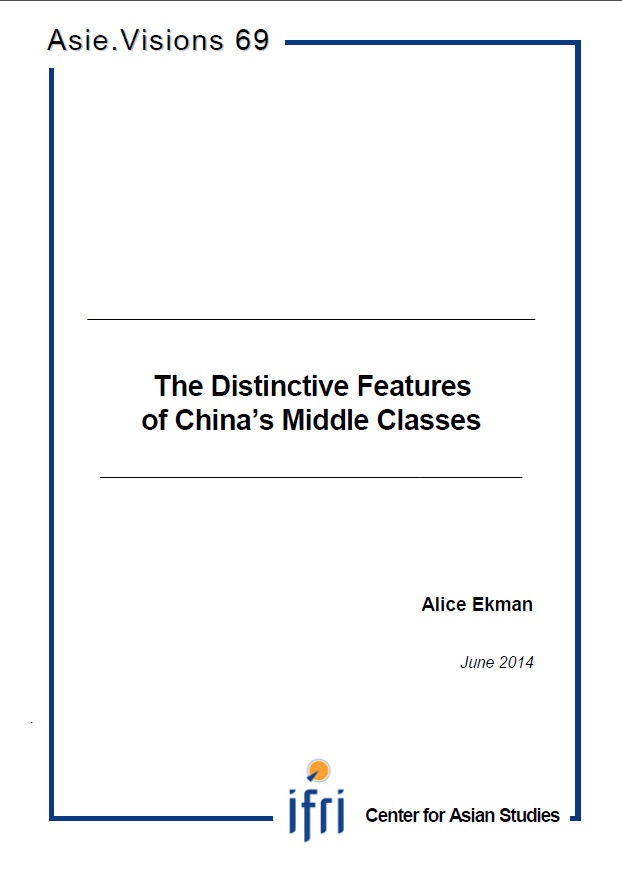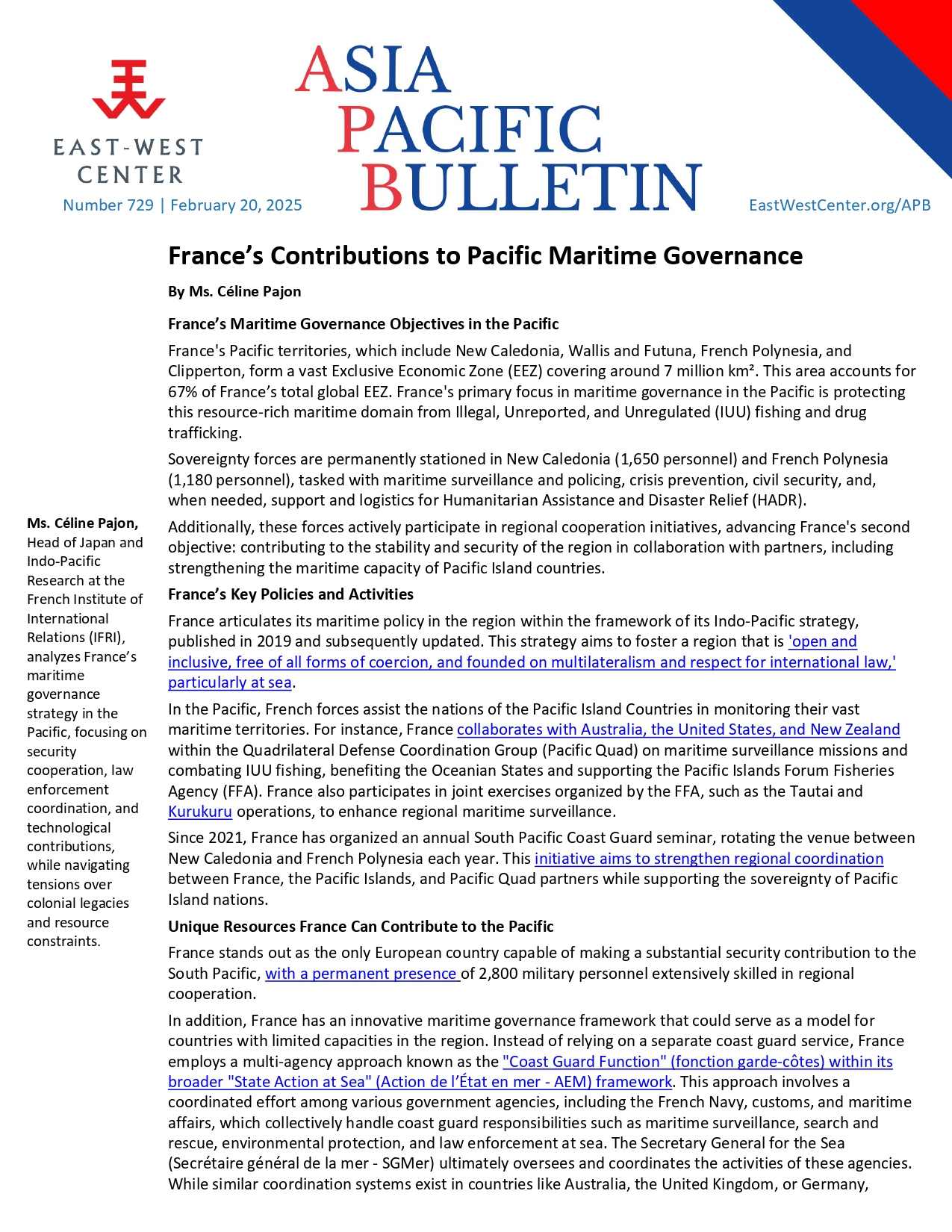The Distinctive Features of China's Middle Classes

This study seeks to lay the foundations for a better understanding of the Chinese middle classes. It goes beyond the traditional classification by revenue and identifies the distinctive features of China’s middle classes by taking into account relevant historical events, current sociopolitical and economic contexts, and key expectations of the population.
The features of Chinese middle classes are numerous and evolving rapidly in a context of economic transition, but the main characteristics can be summarized as follows:
- Chinese middle classes are still small in number and proportion.
- It is a “new” middle class, built during the last 20-30 years after the launch of Deng Xiaoping’s era of reform and opening up.
- In this context, members of the Chinese middle classes often seek to show their new class status through their living standards and consumption practices.
- At the same time, Chinese middle class households often share a strong feeling of instability, explaining their high rate of saving.
- Chinese middle classes maintain a relatively high degree of connection with the Communist Party and state institutions.
- Strong geographical as well as generation gaps exist within the middle class populations.
- The central government considers that an accelerated urbanization process will support the development of the middle class and ultimately help rebalance the current economic model towards domestic consumption.

Available in:
ISBN / ISSN
Share
Download the full analysis
This page contains only a summary of our work. If you would like to have access to all the information from our research on the subject, you can download the full version in PDF format.
The Distinctive Features of China's Middle Classes
Related centers and programs
Discover our other research centers and programsFind out more
Discover all our analysesJammu and Kashmir in the Aftermath of August 2019
The abrogation of Article 370, which granted special status to the state of Jammu and Kashmir (J&K), has been on the agenda of the Bharatiya Janata Party (BJP) for many decades.

France’s Contributions to Pacific Maritime Governance
France stands out as the only European country capable of making a substantial security contribution to the South Pacific, with a permanent presence of 2,800 military personnel extensively skilled in regional cooperation.
Unlocking India’s Energy Transition: Addressing Grid Flexibility Challenges and Solutions
India is rapidly scaling up its renewable energy (RE) capacity, adding 15–20 GW annually, but the ambitious goal of 500 GW of non-fossil capacity by 2030 is at risk unless the pace accelerates.

The China-Russia Partnership and the Ukraine War: Aligned but not allied
China and Russia maintain a strategic partnership rooted in shared opposition to the U.S. and liberal democracies, but their relationship is shaped more by pragmatism than trust.








